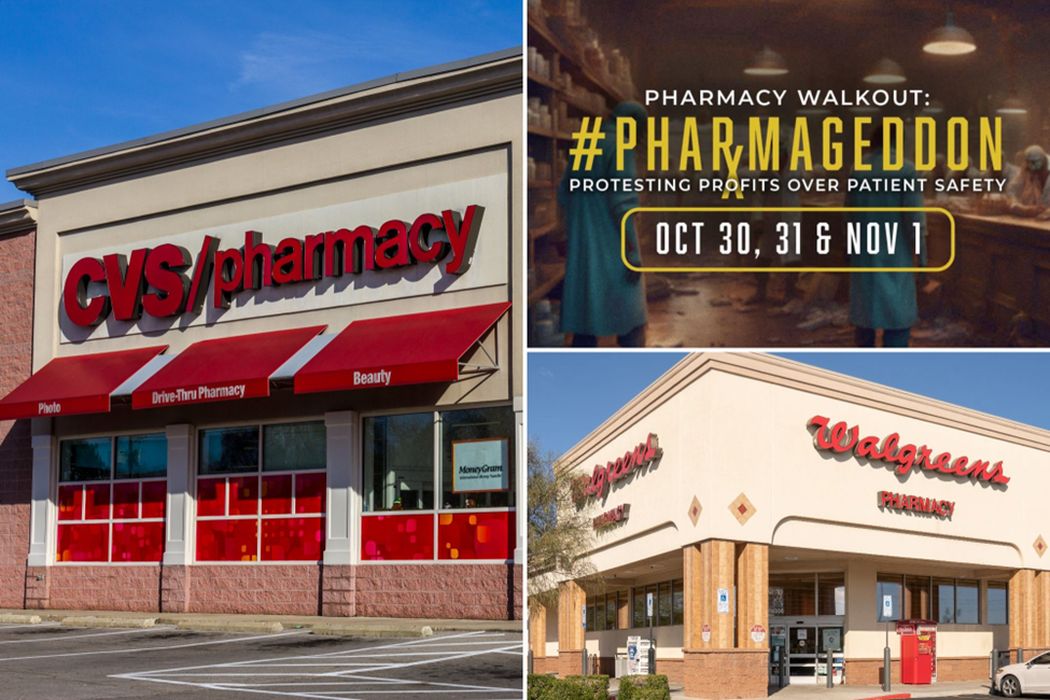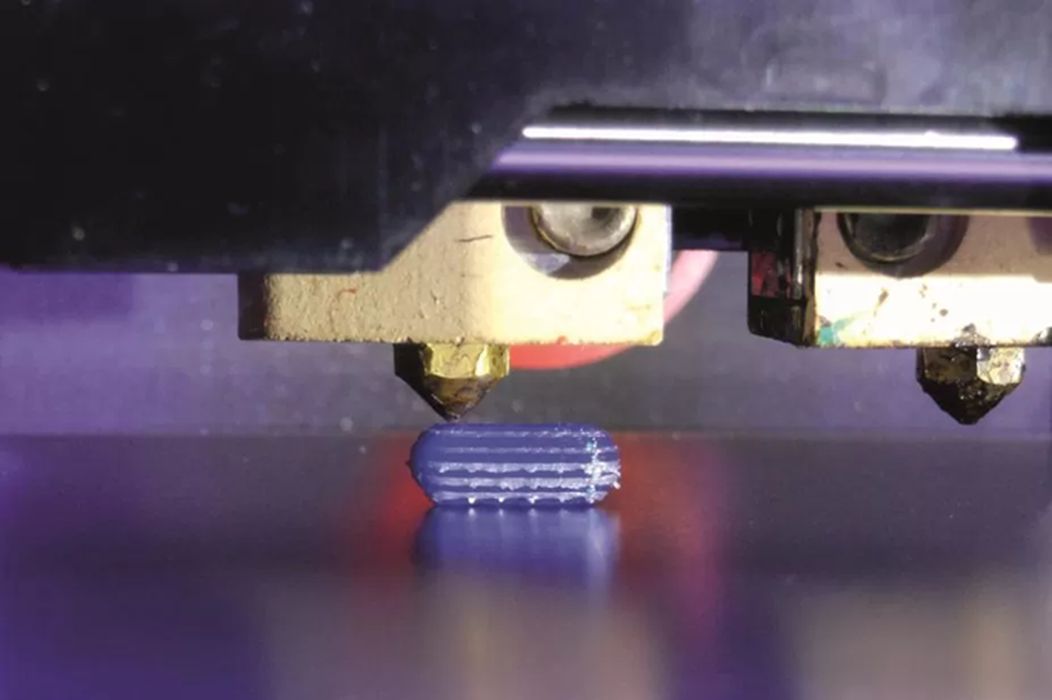
Charles R. Goulding and Preeti Sulibhavi examine the ongoing turmoil in the pharmaceutical industry and how 3D printing can play a role.
The pharmaceutical industry has been experiencing some turmoil lately. This turn of events has been coined “Pharmageddon.”
The most notable event was Rite Aid declaring bankruptcy in October 2023. It went from being one of the top retail drugstore chains in the US to being US$4 billion in debt. This can be attributed to challenging economic times, rising rental costs, and the aftermath of the COVID-19 pandemic which helped digital pharmacies boom, while brick-and-mortar chains struggled after playing an important role during the Pandemic. Rite Aid has been closing its stores, in fact, between September 2022 and 2023, it has shuttered 210 locations nationwide.
There are multiple walk-outs at several pharmacies, including Walgreens and CVS. Pharmacists are complaining of burdensome shifts related to reduced staffing levels, and additional duties. In addition, some pharmacists were expected to hit certain benchmarks in terms of filling prescriptions, despite concerns of increased errors that could impact patients’ health.
Walgreens is making investments of US$265 million to recruit and retain pharmacists and staff. While the investments are geared toward resolving the uptick in demand for flu, COVID-19 and RSV vaccines, Walgreens is additionally making infrastructure changes to its stores as well.
A spokesperson for CVS said its executives were communicating with their pharmacists to directly address concerns and are engaged in a “continuous two-way dialogue.” Walgreens said it has taken steps to help its pharmacy teams “concentrate on providing optimal patient care.” Walgreens is centralizing some of its operations to reduce the workload of its pharmacists.
The brick-and-mortar pharmacies boomed during the COVID-19 period since they were at the front lines for administering the COVID-19 vaccines for most Americans. They did a remarkable job of creating makeshift accommodations at a time of crisis but now they need to re-engineer their facilities to handle increased clinic-related services and accommodate consumer conveniences such as drive-through pick-up windows. Consumers are not going to tolerate standing in the middle of product aisles to wait for prescriptions, vaccines, and clinical services during normal times.
The recent major product recalls related to numerous nasal decongestant and eyedrop brands are providing shelve space and re-engineering opportunities. There is a huge new market opportunity for over-the-counter and 3D printed hearing aids.
3D Printing and the Pharmaceutical Industry

We have covered big pharma on Fabbaloo before. We have also covered how online pharmacies as well as how drone technology is revolutionizing delivery of patient medications today in many parts of the world. In addition, drug compounding pharmacies have grown substantially since the Covid-19 pandemic and 3D printing has proven to be beneficial for compounding practices. Many specialized prescriptions require refrigeration which can be compromised when shipping delays occur. With localized 3D printing drug formulation, the pharmacist and patient can be sure the compound has remained refrigerated. 3D printing can also enhance drug efficacy, as some drugs require continuous doses. With 3D printing, pills can be layered in a way that the medicine is released into the patient’s system at the scheduled time interval.
Now that Amazon has entered the digital pharmacy business, the traditional brick-and-mortar model for drugstore/pharmacy retail is being demolished.
But it may not be the end of the story for drugstores. Some, like CVS, are pivoting to more of a “clinic” model, where they administer vaccines and provide other minor health services. Whether this shift will save drugstore pharmacies is yet to be seen.
If more drugstores pivot to become community clinics, they may need to provide more health services for patients, aside from vaccines. Both CVS and Walgreens have been identified as seeking to acquire several primary-care clinics and general practitioner practices throughout the Country as well.
Preventative check-ups and minor health issues that can’t be done over a “virtual” visit are other services these chains can start providing. If companies such as CVS and Walgreens think ahead and innovatively, they should consider keeping 3D printers at some of its central locations to enhance patient care.
The Research & Development Tax Credit
The now permanent Research and Development (R&D) Tax Credit is available for companies developing new or improved products, processes and/or software.
3D printing can help boost a company’s R&D Tax Credits. Wages for technical employees creating, testing and revising 3D printed prototypes can be included as a percentage of eligible time spent for the R&D Tax Credit. Similarly, when used as a method of improving a process, time spent integrating 3D printing hardware and software counts as an eligible activity. Lastly, when used for modeling and preproduction, the costs of filaments consumed during the development process may also be recovered.
Whether it is used for creating and testing prototypes or for final production, 3D printing is a great indicator that R&D Credit eligible activities are taking place. Companies implementing this technology at any point should consider taking advantage of R&D Tax Credits.
Conclusion
There is reason for concern regarding the pharmaceutical industry turmoil at this time. However, it is important to remember that while this is affecting the brick-and-mortar chains; online and digital pharmacies are growing. As people increasingly prefer their medications to be delivered to them and customized to their daily regimens, the 3D printing industry should see a potential growth opportunity with this shift in the pharmacy delivery paradigm.
